In a quiet corner of our facility, something tiny, tawny, and utterly magical has been making hearts melt – and we’re thrilled to officially share the news. Our team recently conducted a gentle gender reveal for the newest member of our Blue Duiker family, and after careful observation (and a little patience), we’re happy to report that our dainty antelope calf is female! We’ve named her Holly, after the Cape Holly trees...
Meet our Agoutis!
Similar in appearance to Guinea pigs, only larger and with longer legs, Red Rumped Agoutis are members of the rodent family.
They have coarse, glossy fur that is typically brown, with orange to red fur on their rumps, and a little tail no longer than 6cm.
They are important seed dispersers for tropical plants in their native South American region, and they have a special relationship with the towering Brazil nut trees. These trees produce fruit or pods known as “cocos” that can weigh up to 2kg and fall to the ground at 80km per hour. Agoutis have ever-growing chisel-like incisors and are one of the very few animals that can chew through the woody, coconut-like pods to get to the nearly two dozen nuts inside. After eating their fill, agoutis bury extra nuts to eat later. Forgotten nuts and seeds will germinate and grow into new trees. Without agoutis to disperse seeds, Brazil nut trees could disappear, and these giants of the forest (reaching up to 60m in height) provide food and shelter to countless species.
Agoutis are remarkable animals worthy of much praise and appreciation! Please stop by and say hi to them during your next visit.
Further Reading
Prickles came into our care as a tiny, wide-eyed orphan—rescued after his mother was tragically killed by dogs on a nearby farm. From that moment on, he became part of our family, wrapped in warmth and raised with the kind of love and devotion that only a little abandoned porcupine could inspire.
The Flood That Tested Us – and the Strength That Carried Us Through Exactly one year ago, on 4 June 2024, Cango Wildlife Ranch faced one of the most devastating natural events in our 40+ year history. Today, we pause—not to relive the hardship, but to reflect on the resilience, bravery, and unity that saw us through.



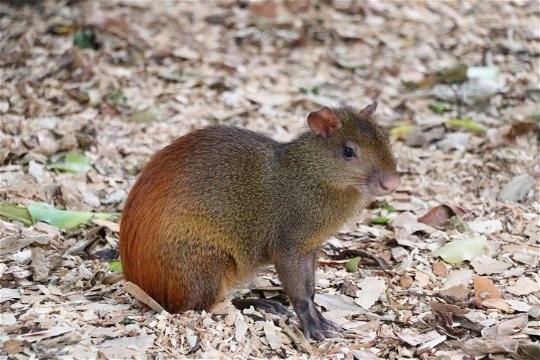
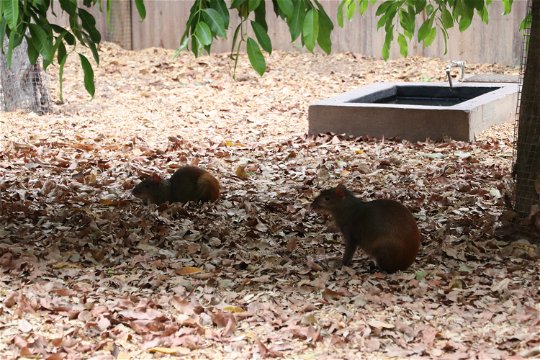










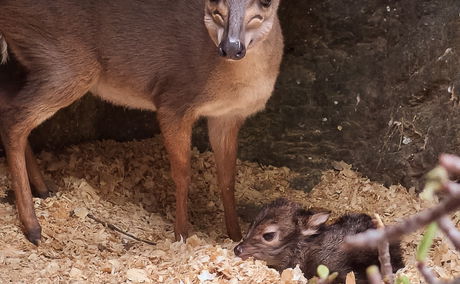
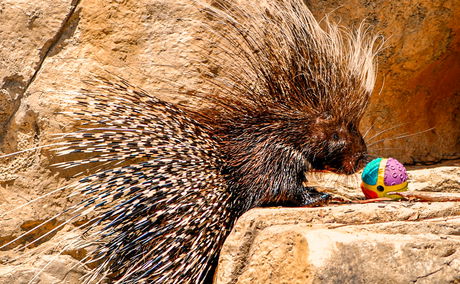
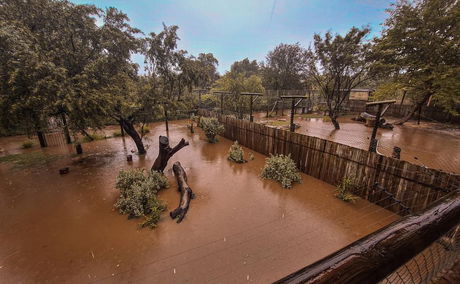
Share This Post